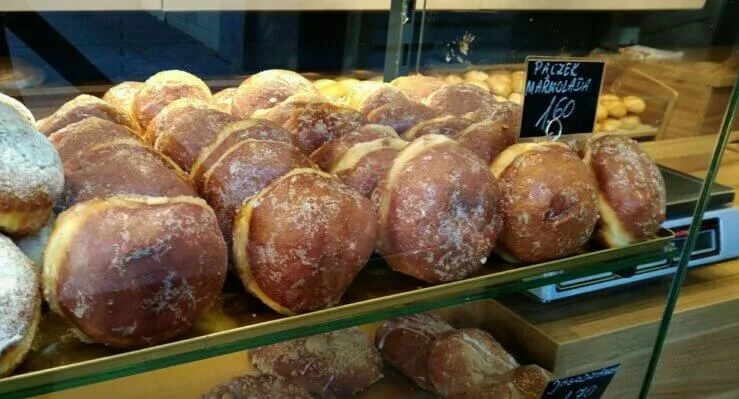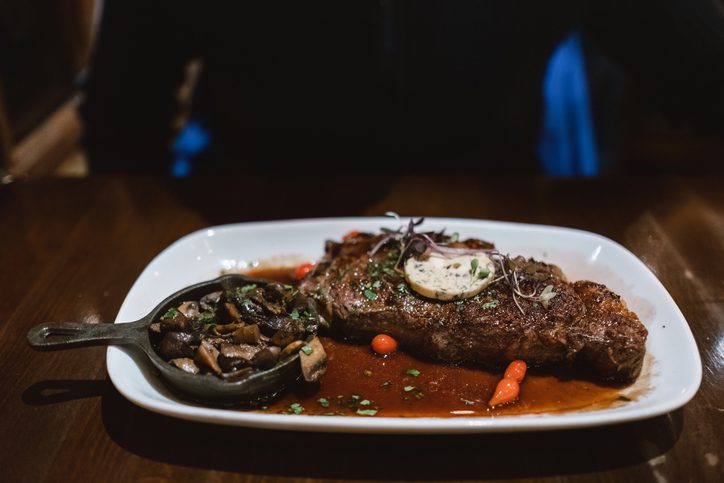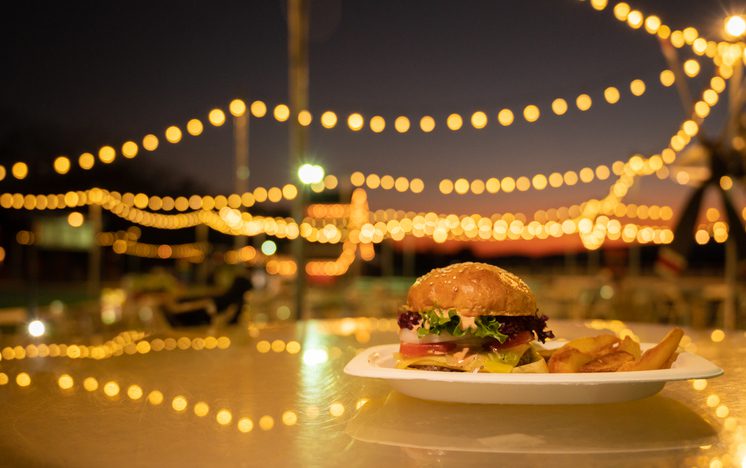
Detroit’s Polish suburb of Hamtramck is known for its tasty paczki. (MichaIPL via Wikimedia Commons)
As Michiganders, we put onions on hot dogs, olives on hamburgers, and snack on Polish donuts in February. But have you ever wondered why? In our Michigan Moments: Food series, we’re checking out the history behind iconic Michigan foods and beverages.
MICHIGAN—Though it may come as a surprise to you, food from the Midwest might be considered unusual by our coastal neighbors. Midwestern cooking often combines culinary traditions from our families’ immigrant backgrounds, locally grown and produced ingredients, and the foods of Indigenous tribes.
And in Michigan especially, our home cookin’ includes provisions that were concocted, bottled, and packaged by mitten-state entrepreneurs. If you’re curious about the history of some of your favorite foods and beverages, read on to discover how Michigan history creates Michigan culture.
Paczki
Near the end of February, you can walk into any Kroger or Meijer and find a delightful display of paczki (pronounced POWNCH-key)—filled Polish pastries that resemble jelly donuts. Paczki are made from a brioche-like dough and filled with fruit preserves like raspberry, lemon, strawberry, apple, and custard.
But why do we take one day out of the year to chow down on pastries with a difficult pronunciation?
Michigan is big on paczki because we have a thriving population of Polish immigrants who migrated here near the turn of the 20th Century. Although you can find these pastries on Fat Tuesday from Maryland to Illinois and beyond, Detroit’s Polish suburb of Hamtramck may put out more than the rest.
Many people in Poland observe the Catholic Lent, which is traditionally 40 days of fasting and avoiding rich foods such as sweets and butters. Ash Wednesday is the first day of Lent, and the day before that is Fat Tuesday—when Polish bakers try to sell the last of their rich foods that cannot be eaten over Lent.
Leading up to Fat Tuesday, Polish bakeries like those in Hamtramck became famous for selling treats like paczki. The tradition only expanded when more Polish immigrants came to Detroit following World War II.
By the 1980s, Kroger, Meijer and other grocery stores started lining the shelves with paczki, officially making Fat Tuesday a holiday that everyone—Polish or not—could enjoy. Those are tasty, but if you want some truly authentic paczki from the metro Detroit area, be sure to check out Eater Detroit’s paczki map.

The Grand Rapids Food Guide: The best burritos of 2025
In Grand Rapids, we don’t play around when it comes to burritos, and we especially don’t mess with tradition. If you’re from here, you know all...

The Grand Rapids Food Guide: The best steak of 2025
In 2024, we asked readers to vote in the first ever Grand Rapids Food Guide and 1,200 votes decided on the Best Overall Restaurant. This particular...

The Grand Rapids Food Guide: The best burgers of 2025
To the folks of Grand Rapids, burgers are a point of pride, which isn’t a surprise in a town filled with Dutch and German immigrants who love their...

The Grand Rapids Food Guide: The best ice cream shops of 2025
Michigan is described as being a winter wonderland, and although this state experiences winter to the fullest, that doesn’t stop its residents from...

The Grand Rapids Food Guide: The best breweries of 2025
Grand Rapids is unofficially officially known as “Beer City USA,” so it’s not a shocker that the city is overflowing with breweries. When you’re...




